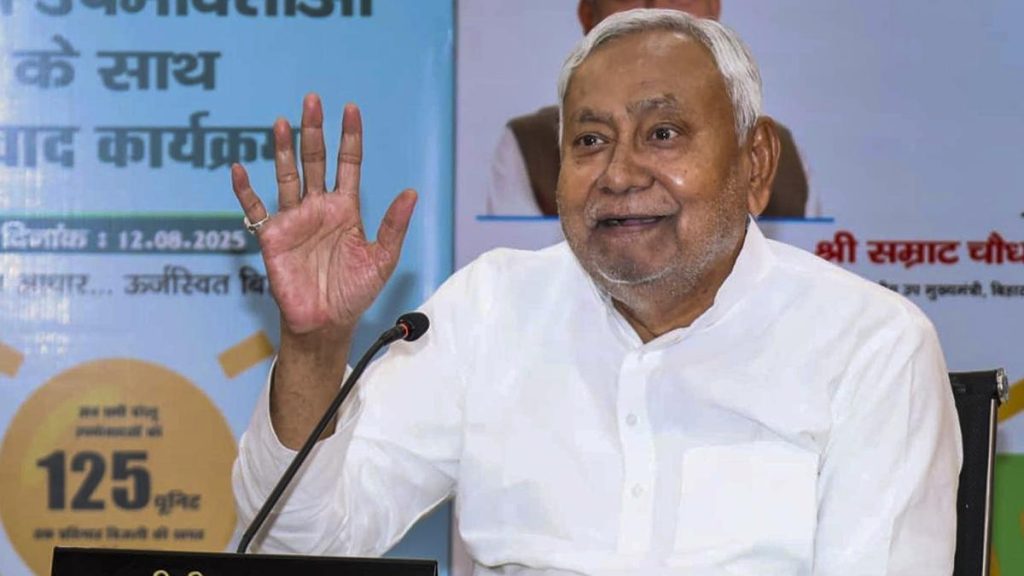Now Reading: Shrimp Farmers in Andhra Pradesh Urge Government Aid Over Export Tariffs
-
01
Shrimp Farmers in Andhra Pradesh Urge Government Aid Over Export Tariffs
Shrimp Farmers in Andhra Pradesh Urge Government Aid Over Export Tariffs

Quick Summary
- Joint Meeting: Shrimp farmers from Andhra Pradesh’s districts, including tirupati, Nellore, Prakasam, Bapatla, Guntur, and Krishna met in Ongole on Tuesday to discuss challenges in the aquaculture sector.
- Impact of U.S. Tariffs: Increased tariffs on Indian shrimp by former U.S. President Donald Trump have hurt earnings as 40% of exports are directed to the U.S.
- Farmers’ Demands:
– A 50% subsidy on bank loans for setting up mini processing plants.
– MSP of ₹470/kg for tiger prawns (30-count) and ₹400/kg for Vannamei shrimp (30-count).
– Uninterrupted power supply at a subsidized rate of ₹1.50/unit.
– Reduction in feed prices by at least ₹15/kg.
- Suggestions include adding shrimp to food menus in social welfare hostels and anganwadi centres to boost local consumption.
- shrimp farmers plan to diversify export markets toward South Korea and Europe while improving domestic sales.
Indian Opinion Analysis
The meeting underscores critical economic challenges faced by Andhra Pradesh’s shrimp aquaculture sector due to international trade dynamics like increased U.S. tariffs. this dependence on limited external markets presents vulnerabilities; diversification efforts targeting South korea and European markets appear promising but will require significant groundwork regarding trade partnerships.
Domestically-focused measures such as introducing shrimp into welfare programs aim not only at increasing consumption but also fostering market resilience against global uncertainties-logical steps towards sustainable growth that align wiht India’s overall emphasis on self-reliance (Atmanirbhar Bharat). However, demands for subsidies and reduced costs reflect deeper systemic struggles within the farming community that may necessitate policy-level intervention for long-term viability.
Adopting these measures could balance short-term relief thru subsidies with strategic approaches like market diversification-both essential components in securing the livelihoods of thousands involved in this sector.

























